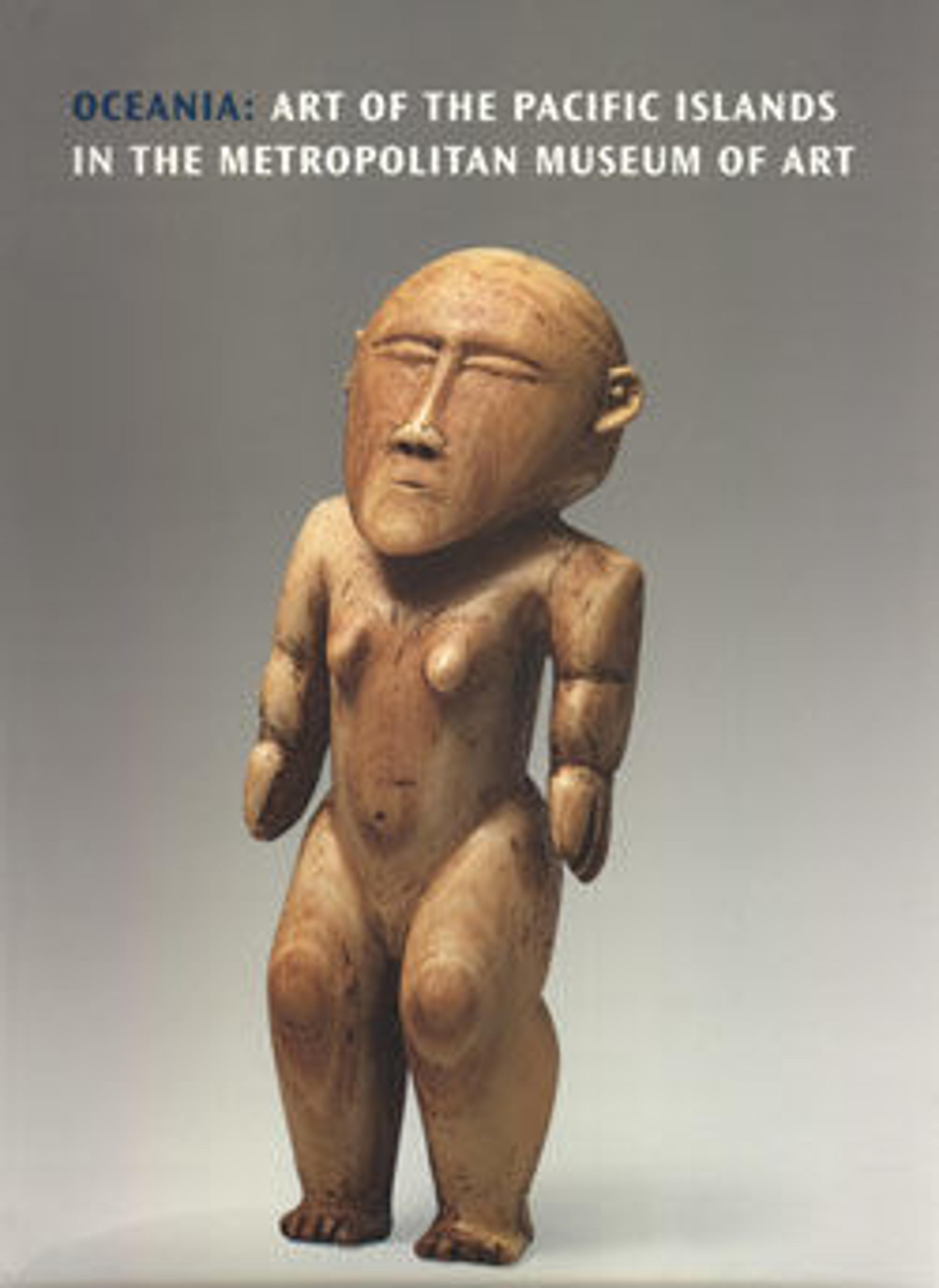Egadakua (basket)
In former times, the people of Nauru in the Caroline Islands used small box-shaped baskets, called egadakua, to carry personal items such as drinking cups and containers for precious oils. The baskets were also associated with childbirth, where they were used to hold the implements and substances needed to bring the newborn into the world. Like all the fiber arts on Nauru, egadakua were created by women. The baskets were typically adorned with designs that served as family emblems, indicating the rank and lineage of the bearer. Although the woven portion of this basket is unornamented, the rows of shark teeth that adorn the edges possibly served to indicate the family affiliations of its owner.
Artwork Details
- Title: Egadakua (basket)
- Artist: Nauruan artist
- Date: late 19th–early 20th century
- Geography: Nauru
- Culture: Nauru
- Medium: Pandanus leaves, shark teeth, fiber
- Dimensions: H. 9 in. × W. 4 3/4 in. × D. 4 in. (22.9 × 12.1 × 10.2 cm)
- Classification: Basketry-Containers
- Credit Line: Gift of American Friends of the Israel Museum, 1983
- Object Number: 1983.545.1
- Curatorial Department: The Michael C. Rockefeller Wing
More Artwork
Research Resources
The Met provides unparalleled resources for research and welcomes an international community of students and scholars. The Met's Open Access API is where creators and researchers can connect to the The Met collection. Open Access data and public domain images are available for unrestricted commercial and noncommercial use without permission or fee.
To request images under copyright and other restrictions, please use this Image Request form.
Feedback
We continue to research and examine historical and cultural context for objects in The Met collection. If you have comments or questions about this object record, please complete and submit this form. The Museum looks forward to receiving your comments.
